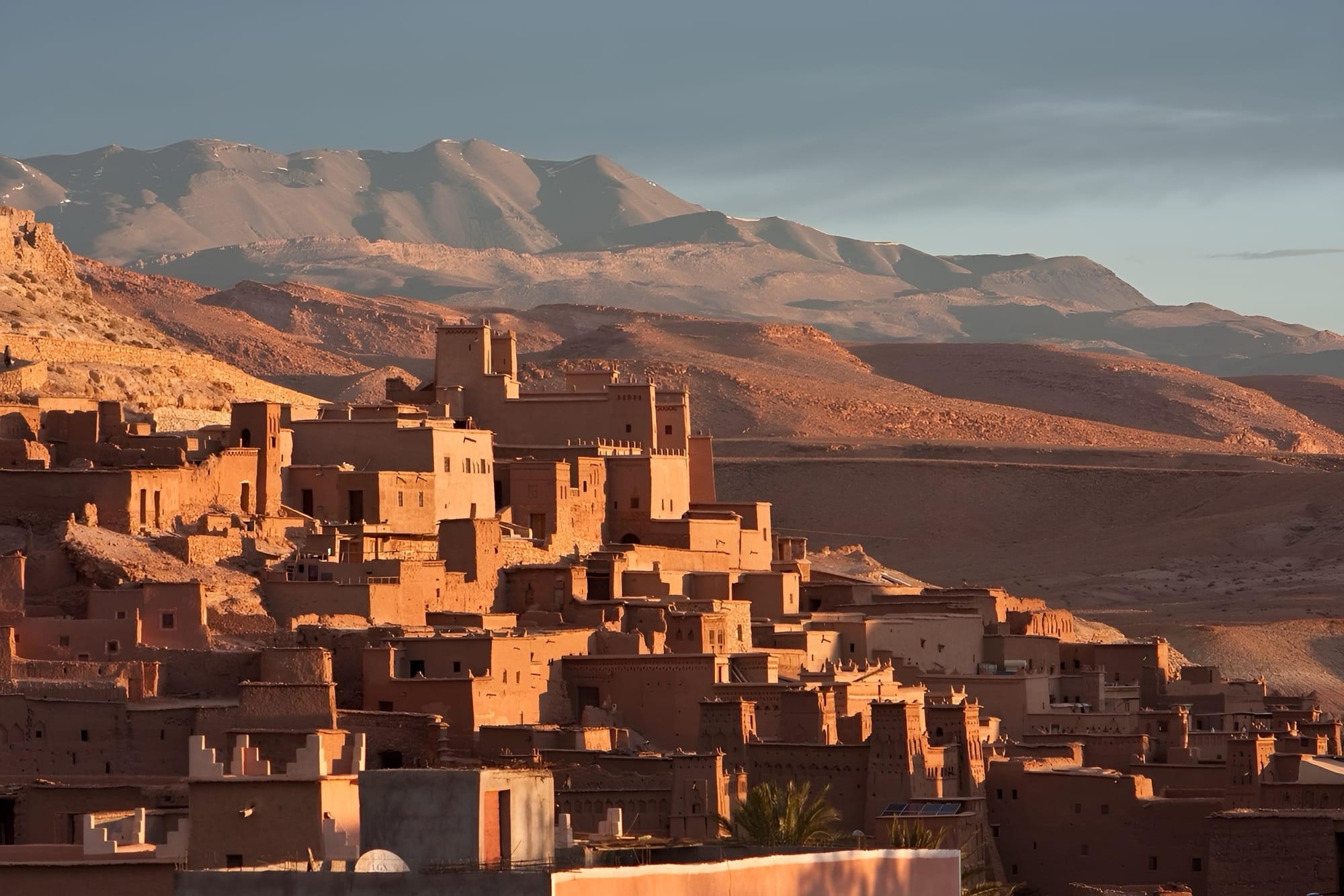Tuesday☕️

Trending:
- Israel vs Hezbollah Escalations
- X vs Brazil Update
Markets:
- Yesterday’s U.S. stock market:

- Yesterday’s commodity market:

- Yesterday’s crypto market:

Israel vs Hezbollah Escalations:
- Over the past few days, from September 20 to 23, 2024, the conflict between Israel and Hezbollah has escalated significantly. On September 22, Israel launched a major airstrike in Beirut, targeting senior Hezbollah officials. The strike killed 37 people, including Ibrahim Akil, a key Hezbollah commander. Akil led the elite Radwan Force and had been wanted by Israel for his involvement in attacks since the 1980s. This airstrike is one of the most deadly in Beirut since the 2006 Israel-Hezbollah war, triggering increased violence from both sides.
- In retaliation, Hezbollah launched over 200 rockets into northern Israel, causing significant damage and prompting restrictions on public gatherings in the region. By September 23, Israel had hit over 1,600 Hezbollah-related targets in southern Lebanon. The ongoing conflict has left over 492 people dead, with many of the casualties being civilians. Despite calls from U.S. officials for diplomacy, both sides remain heavily entrenched in their military operations.
- Israel now faces a complex, multi-front conflict. After the October 7, 2023, attack by Hamas, which marked the beginning of the latest conflict, Israel has been engaged in hostilities not only with Hamas but also Hezbollah in Lebanon and the Houthis in Yemen. Iran, which funds and supports these groups, has been using these groups as proxies to challenge Israel without becoming directly involved. This strategy allows Iran to destabilize Israel through its regional allies, providing military aid, funding, and guidance, making the conflict increasingly complicated for Israel to manage.
- In addition to Hamas and Hezbollah’s escalations, the Houthis have been launching frequent strikes, particularly in the Red Sea, aimed at disrupting global trade. They have vowed to continue these attacks until Israel withdraws from Gaza. In response to these threats, the U.S. has deployed two carrier strike groups and other military assets to the region to contain the violence and protect critical trade routes. U.S. forces have been conducting almost daily strikes against Houthi forces to prevent further escalation, adding to the broader regional conflict that now spans multiple fronts.
X vs Brazil Update:
- Recently, Elon Musk’s social media platform, X (formerly Twitter), began taking steps to comply with Brazil’s Supreme Court demands after a protracted standoff. The conflict stemmed from X’s refusal to appoint a legal representative in Brazil, a legal requirement for foreign tech companies operating in the country. The Brazilian Supreme Court also pressed X to address issues related to content moderation on the platform. Musk, however, argued that his platform should not be forced into censorship, especially when the content in question was not explicitly illegal under Brazilian law.
- The situation escalated on August 30, 2024, when the court ordered the suspension of X’s operations for non-compliance. By August 31, access to X was completely blocked within Brazil. Musk responded with strong criticism, framing the Brazilian government's actions as an assault on free speech. He argued that X had been targeted for political reasons and that the court's demands were an overreach of authority. Despite X’s initial stance, by mid-September, X started complying with the court’s requirements. The company appointed a legal representative in Brazil and began to address content moderation as demanded by the court.
- Musk’s public stance frames Brazil’s actions as censorship and warns that it sets a troubling precedent for tech platforms globally, undermining free speech and the open exchange of ideas. Musk continues to stress that his platform is committed to defending free speech and that governmental overreach could harm open discourse. This ongoing conflict illustrates the broader global debate about the balance between free speech and content regulation, particularly when tech companies operate across multiple legal jurisdictions.
Statistic:
- Largest public defense contracting companies by market capitalization:
- 🇺🇸 Raytheon Technologies: $159.98B
- 🇺🇸 Lockheed Martin: $138.36B
- 🇺🇸 Honeywell: $132.38B
- 🇫🇷 Safran: $98.17B
- 🇺🇸 Boeing: $96.31B
- 🇺🇸 General Dynamics: $84.65B
- 🇺🇸 Northrop Grumman: $77.96B
- 🇬🇧 BAE Systems: $50.60B
- 🇺🇸 L3Harris Technologies: $45.09B
- 🇮🇳 Hindustan Aeronautics: $35.37B
- 🇫🇷 Thales: $33.12B
- 🇮🇳 Bharat Electronics: $24.94B
- 🇩🇪 Rheinmetall: $23.46B
- 🇳🇴 Kongsberg Gruppen: $17.17B
- 🇫🇷 Dassault Aviation: $16.48B
- 🇮🇹 Leonardo: $13.26B
- 🇸🇪 SAAB AB: $12.01B
- 🇺🇸 Huntington Ingalls Industries: $10.51B
- 🇮🇱 Elbit Systems: $8.53B
- 🇹🇷 Aselsan: $7.95B
- 🇺🇸 Leonardo DRS: $7.53B
- 🇺🇸 AeroVironment: $5.76B
- 🇮🇳 Bharat Dynamics: $5.08B
- 🇩🇪 Hensoldt: $3.65B
- 🇺🇸 Kratos Defense & Security Solutions: $3.55B
- 🇬🇧 QinetiQ: $3.38B
- 🇪🇸 Indra Sistemas: $3.15B
Article Links:
Bitcoin Explained
Bitcoin is a decentralized digital currency created in 2009 by an unknown person or group using the name Satoshi Nakamoto. The origins of Bitcoin are shrouded in mystery, and the true identity of its creator(s) remains unknown to this day. However, the impact that Bitcoin has had on the

Encryption Explained
Encryption is a significant area of cybersecurity, an essential tool in protecting information in the age of the internet. At its core, encryption is the process of converting data or information into a code to prevent unauthorized access. This process transforms readable data, known as plaintext, into an encoded form,

The Dark Web
The dark web is a complex segment of the internet, often associated with anonymity and illicit activities. This analysis delves deeply into its technological infrastructure, the nature of its security threats, and the crucial role of dark web intelligence platforms for security. The origins of the dark web are closely

Thanks for reading!
TIME IS MONEY: Your Free Daily Scoop of Markets📈, Business💼, Tech📲🚀, and Global 🌎 News.
The news you need, the time you want.
TIME IS MONEY
TIME IS MONEY: A Free Daily Email Newsletter of Markets📈, Business💼, Tech📲🚀, and Global 🌎 News.

Support/Suggestions Emails:
timeismoney@timeismon.news


